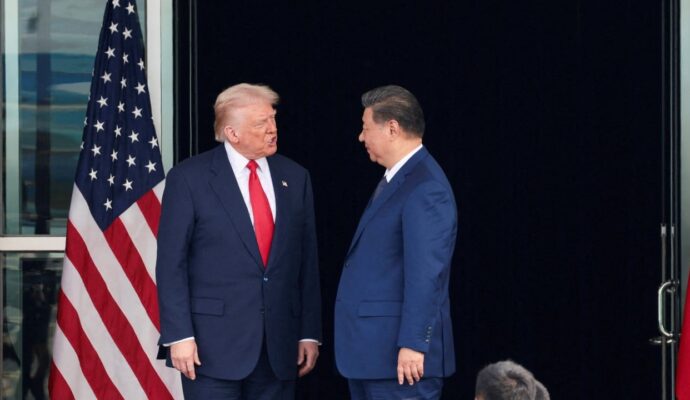At the same time, the Covid-19 pandemic, the terrible, grinding war caused by Russia’s invasion of Ukraine and the global crisis in cost of living, inflation and other related problems are distracting us at the worst possible time. These things are taking our attention from the urgent actions we must all take to help address the fundamental and existential threat the planet is facing.
People want action, but there is serious lag. The risks are rapidly increasing that it will all be too little, too late.
A view of the Kela photovoltaic power station in Yajiang county in Sichuan province, on June 21. Covering some 1,667 hectares, the Kela power station has an installed capacity of 1 million kilowatts and can generate an average of 2 billion kWh annually. Photo: Xinhua
Another project of note is the commissioning of the hybrid solar-hydro Kela power plant in the Yalong River plateau in Sichuan province that can produce 2 billion kilowatt-hours of electricity annually, equal to the power consumption of 700,000 households for a year.
China’s current deployment of solar power already provides more than 225 gigawatts of renewable energy, which is more than from the entire rest of the world combined. There is something to be said for centralised organs of power that can mandate and effect such enormously important projects on rapid timescales for the benefit of all.
At the same time, China is working to reverse desertification through planting millions of trees. A 2021 report by the UN Food and Agriculture Organization states that China’s forest cover has increased from 157 million hectares in 1990 to about 220 million hectares by 2020. Furthermore, as part of China’s 14th five-year plan unveiled in March 2021, there is a target of increasing forest coverage to 24.1 per cent by 2025.

